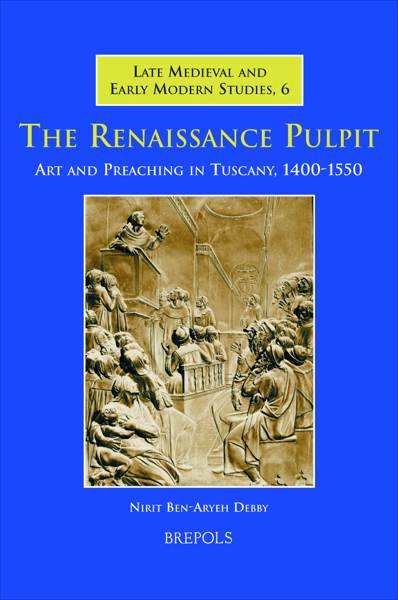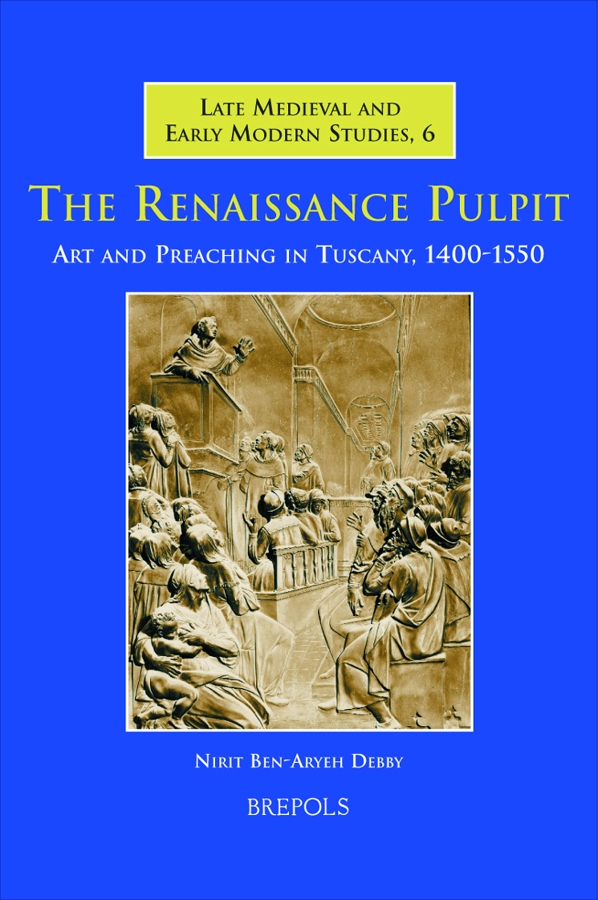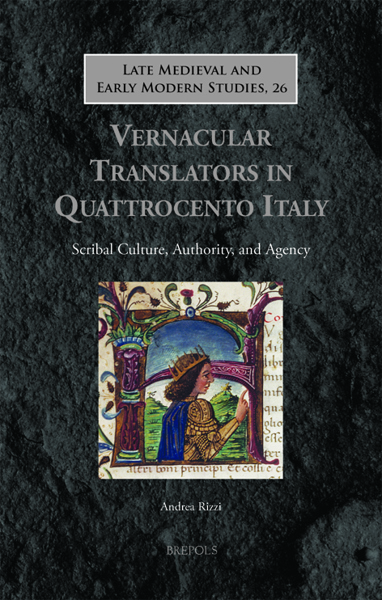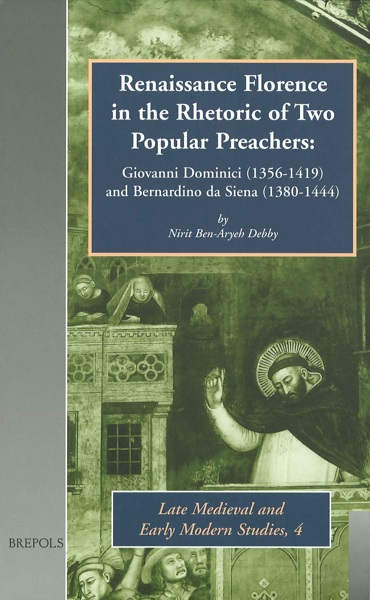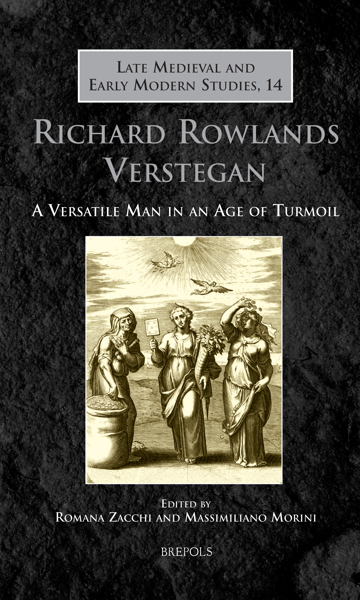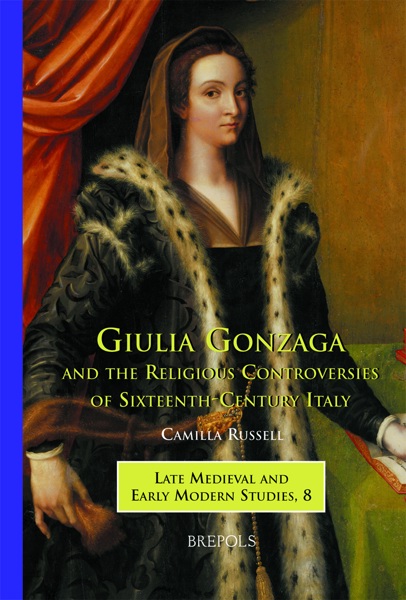
- Pages: 294 p.
- Size:160 x 240 mm
- Illustrations:88 b/w, 8 col.
- Language(s):English
- Publication Year:2007
- € 95,00 EXCL. VAT RETAIL PRICE
- ISBN: 978-2-503-51342-3
- Hardback
- Out of Print
- € 95,00 EXCL. VAT RETAIL PRICE
- ISBN: 978-2-503-57174-4
- E-book
- Available
The thesis of the book is that pulpits should be viewed in the context of the world of preaching in Renaissance Florence and in connection with sacred oratory. Indeed, like preached sermons, pulpits used rhetorical strategies to deliver religious messages. The author adopts an interdisciplinary approach to the topic by combining art history, historical analysis, and sermon studies; and she examines the pulpit's patronage, location, and function as well as its chronological development. This book combines a general survey of pulpits in Tuscany, with close analysis of five specific pulpits. Designed and executed by important artists located in Florence and Prato, these five pulpits are the most exquisite and impressive monuments of their type, and each has a complex and rich iconographic programme. The author reveals that the period between the fifteenth and early sixteenth centuries constitutes a distinct phase in the development of pulpits, different from the earlier tradition, and from pulpits constructed after the Council of Trent and during the Catholic Reformation.
Debby Nirit Ben-Aryeh received her PhD from the Hebrew University and was a Postdoctoral fellow at Harvard University. She currently teaches at the Ben-Gurion University of the Negev.
